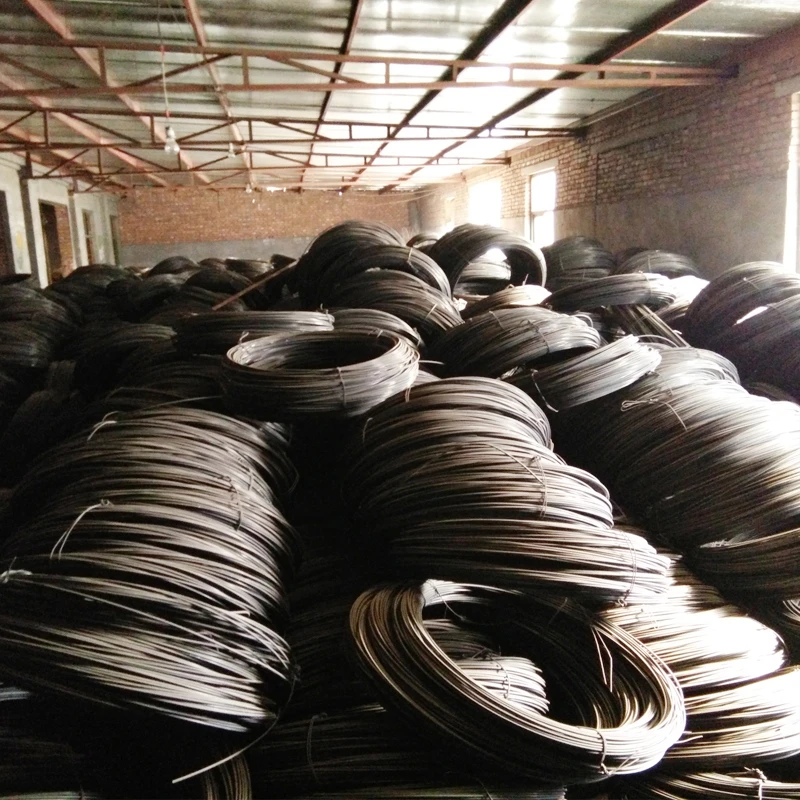Hot Dip Galvanized (GI) Wire An Overview
Hot dip galvanized (GI) wire is a highly effective and widely used material known for its superior corrosion resistance and durability. This versatile type of wire is primarily made from steel, coated with a layer of zinc through the hot dip galvanizing process. This article will explore what hot dip galvanization is, its advantages, applications, and why it has become a preferred choice for various industries.
Understanding Hot Dip Galvanization
Hot dip galvanization is a process that involves immersing steel or iron in molten zinc. The high temperature of the zinc leads to a metallurgical reaction when it comes into contact with the iron or steel surface, resulting in the formation of zinc-iron alloys. This process creates a robust protective coating that binds tightly to the base metal, ensuring long-lasting protection against rust and corrosion.
The thickness of the zinc coating can be controlled during the galvanization process, allowing for customization based on specific requirements. Hot dip galvanizing provides a thicker and more durable coating than electro-galvanizing, which is crucial for applications that demand higher corrosion resistance.
Advantages of Hot Dip GI Wire
1. Corrosion Resistance One of the primary benefits of hot dip galvanized wire is its exceptional resistance to corrosion. The zinc coating protects the underlying steel from moisture, oxygen, and other corrosive elements. This characteristic extends the lifespan of the wire, making it suitable for outdoor and industrial applications.
2. Durability The metallurgical bond formed during hot dip galvanization gives the wire enhanced durability. It can withstand harsh weather conditions, mechanical stress, and chemical exposure, making it ideal for demanding environments.
3. Low Maintenance Due to its protective coating, hot dip GI wire requires minimal maintenance compared to uncoated or electro-galvanized options. This translates to cost savings over time, as less frequent replacements or repairs are required.
4. Cost-Effectiveness While the initial cost of hot dip galvanized wire may be higher than cheaper alternatives, its longevity and low maintenance needs make it a more cost-effective option in the long run. Businesses can save significantly on replacement costs and labor.
hot dip gi wire

5. Recyclability Zinc is a recyclable material, and hot dip galvanized wire can be reused or recycled at the end of its life cycle. This sustainability aspect aligns with modern practices focused on reducing waste and promoting environmentally friendly materials.
Applications of Hot Dip GI Wire
Hot dip galvanized wire is used across various sectors due to its versatility. Some common applications include
- Fencing and Agriculture Hot dip GI wire is widely used in fencing applications, whether for farms, residential properties, or industrial sites. Its corrosion resistance makes it an ideal choice for agricultural fences, which may be exposed to moisture and soil.
- Construction In construction, hot dip galvanized wire is utilized for reinforcing bar ties, wire mesh, and other structural components. Its strength and resistance to corrosion enhance the safety and durability of buildings and infrastructure.
- Manufacturing Various products, such as baskets, furniture, and wire mesh, benefit from hot dip galvanized wire due to its lasting strength and aesthetic appeal.
- Utilities Hot dip galvanized wire is often employed in utility applications, such as overhead power lines and telecommunication cables, where corrosion resistance is crucial for operational reliability.
Conclusion
Hot dip galvanized wire stands out as a superior choice for applications requiring strength, durability, and corrosion resistance. The hot dip galvanization process not only prolongs the life of the wire but also minimizes maintenance costs, making it appealing to industries ranging from agriculture to construction. As businesses continue to seek reliable materials that withstand the test of time and environmental demands, hot dip galvanized wire is sure to remain a preferred option in the marketplace. With its combination of practicality and sustainability, it meets the needs of modern applications while contributing to a more eco-friendly future.

















